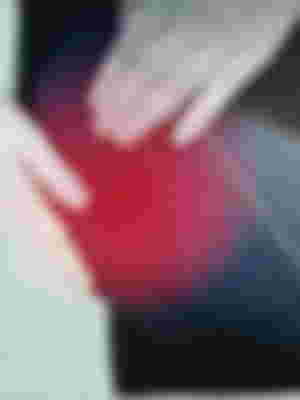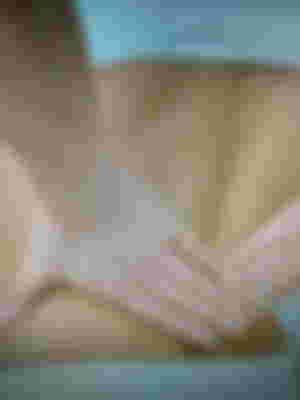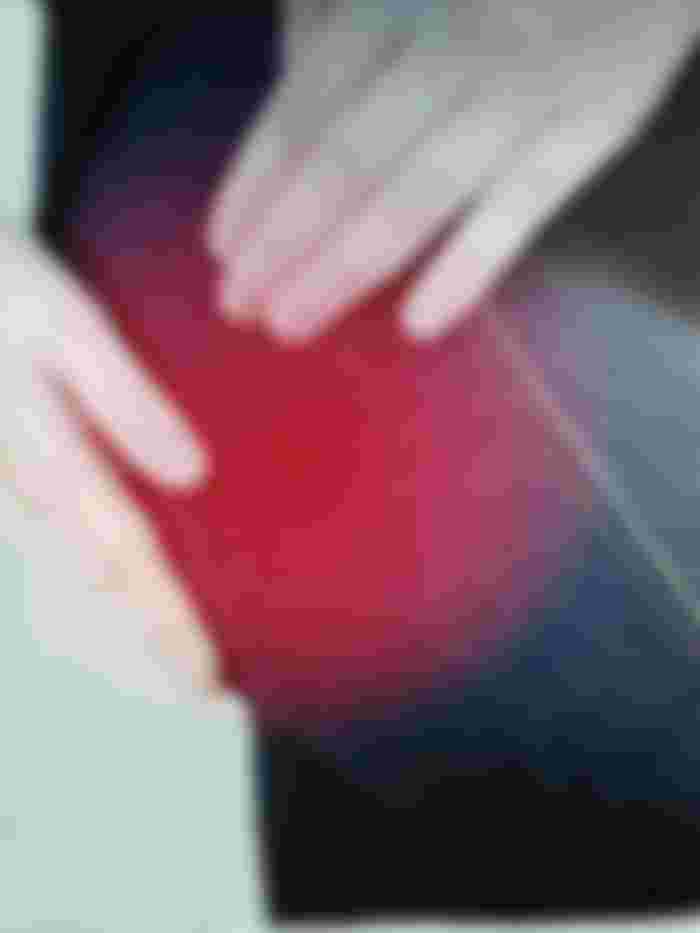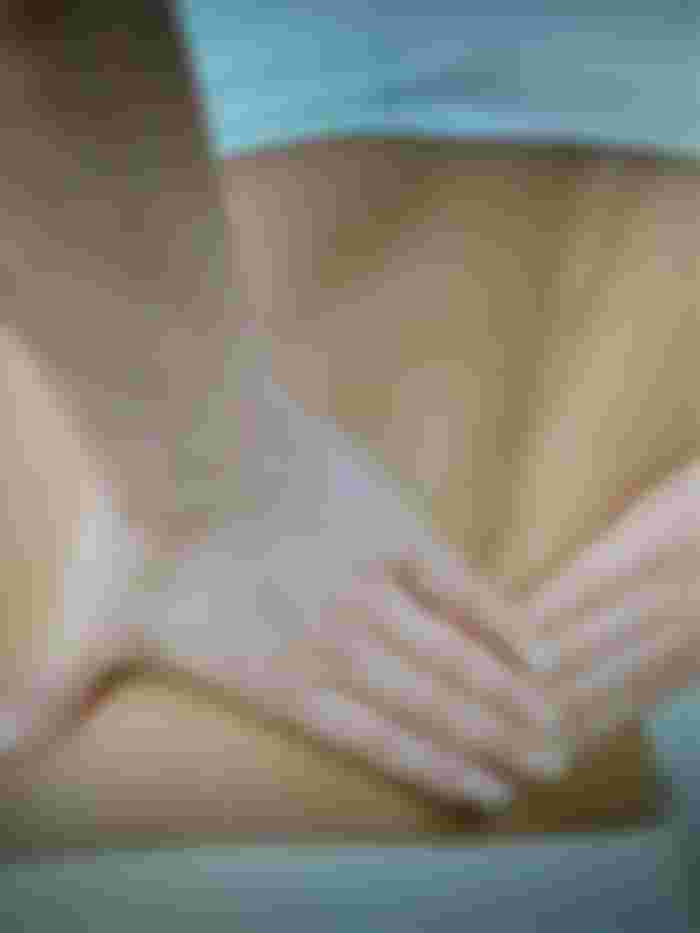The sciatic nerve originates from the lumbar spine. The point where it is most superficial is in the middle of the buttocks, the gluteal region. The nerve extends along the leg, the posterior lobe and branches to the nerve that innervates the largest muscle of the upper leg m. Quadriceps, or four-headed muscle and nerves in the lower leg. One is the peroneal nerve - n. Peronues which innervate the muscles of the anterior tibia, and n. tibialis which innervate the muscles of the posterior tibia.
When the lower back cools down, which is most often when staying in a cold room, playing sports in a cold hall, etc., the sciatic nerve, which is popularly called "sciatica", becomes inflamed. It is usually an inflammation of one sciatic nerve, although rare information can effect both nerves.
Pain in the lower back and legs
Then the patient feels pain in the area of the lower back, in the middle, where the motor point of the nerve is located. This is where the nerve is most superficial and the pain spreads to the back of the upper leg and the outer part of the lower leg and extends to the feet. The patient may also feel pain from the front thigh, which extends to the to the knee. According to the clinical picture, anamnesis and neurological examination, the doctor can precisely determine which nerve roots are inflammatory. Inflammation of the sciatic nerve can affect both young and old persons.

In autumn, when temperatures are low, young people have inflammation of the sciatic nerve. The fashion of wearing jeans that aren't for cold days leads to nerve cooling and patients feel pain along the projection of the sciatic nerve pathway. Young athletes after the pool, patients sitting in the park on cold benches, driving in cold cars on unheated seats, lead to the appearance of sciatica symptoms.
The disease begins with gradual pain in the area of the lower back or in the area of the outer side of the lower leg. Patients don't initially react to the appearance of pain, only in a day or two when the pain is strong, when they have a forced position due to it, they are distorted. The pains are according to the described nerve and are especially pronounced in the lower leg. Patients complain that the outer part of their lower leg burns and getting tickle pain.
No massage or exercise
As we are now in an epidemic of coronavirus, patients don't call the doctor on time and it takes time to receive and accept the following advice.
First, they have to rest. It is best to rest for at least three days. This is very important, because moving and working with pain would lead to prolongation of the disease. More precisely, with a more clinically pronounced picture, the treatment would be prolonged.
Secondly, it is also important to take some of non-steroidal anti-rheumatic drugs in sufficient doses, according to their weight, age and according to the advice of doctors who can also get it over the phone.
Third-but not least-is that patients shouldn't use aggressive heating creams locally. Inflammation of the nerves doesn't tolerate aggressive heat. Moderate antirheumatic creams should be used at this stage.

Massage and any exercise are forbidden.
Resting involves lying in a position with the knee bent of the patient's leg. The bearing doesn't have to be extremely hard. It should be moderately hard. A bed that is soft isn't suitable.
After a few days, when the pain is reduced, the application of physical therapy in the sense of anti-pain therapy begins. The patient can move, he doesn't need to sit for long. Sitting isn't recommended for more than two hours. Walking is allowed. Carrying weights should be limited to two to three kilograms.
Let's repeat!
At the beginning of the disease, rest in a comfortable position. The position in the bed should be with the legs bent or a pillow should be placed under the knee of the diseased leg, so that the leg wouldn't be stretched.
The patient should start antibiotic therapy with drugs, as well as local application of mild rheumatic creams. Hot water bottle or heater shouldn't be installed locally, but only heating with natural materials, preferably a woolen scarf of belt.
After a couple of days, the all-days pains pass, but they are still present in the area of the lower back or sometimes the groin and lower legs, and occasionally. Especially the pain is mentioned at night. Then, if there are conditions, physical therapy should be stated. At this stage, the patient can apply antirheumatic creams locally. If outpatient physical therapy can't be organized, the patient start stretching exercises on the lumbar region and hind legs independently. Strengthening exercises of this region are forbidden, but only stretching.
Advice
Dressing must be adapted to the weather conditions, especially for young people who are inclined to dress according to the summer scheme, even at low temperatures.
Of course, it is best to consult a physiatrist to continue the treatment. As the corona epidemic continues, many patients find it more difficult to communicate with doctors, and that is why it is necessary and important to adhere to the rules we have stated.
If you get sciatica, and you don't have other symptoms that would upset you, don't be afraid that is a corona virus. Sciatica can be easily repaired, and without consequences.
So far, there have been no cases of corona infection with the virus starting with sciatica.
Literature and images: Lily magazine, winter 2020/21, page 58


I didn’t know that the way I dressed could be closely related to the onset of sciatica. Thank you so much for these tips! By the way, a large number of the younger population are fans of tight jeans, so you should warn people from your environment.